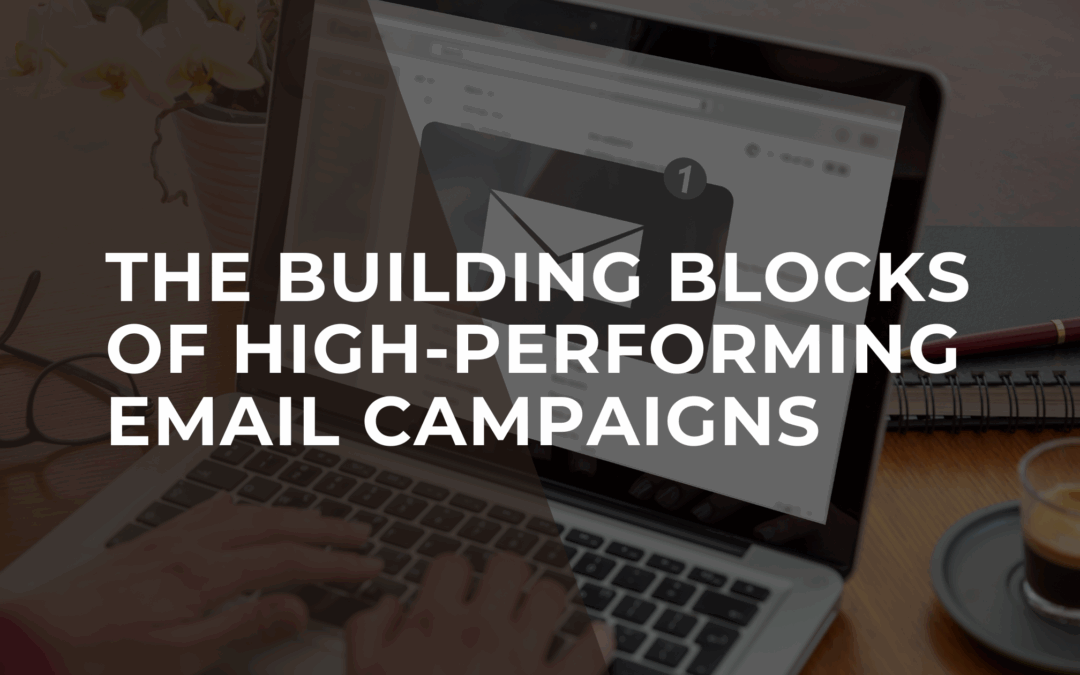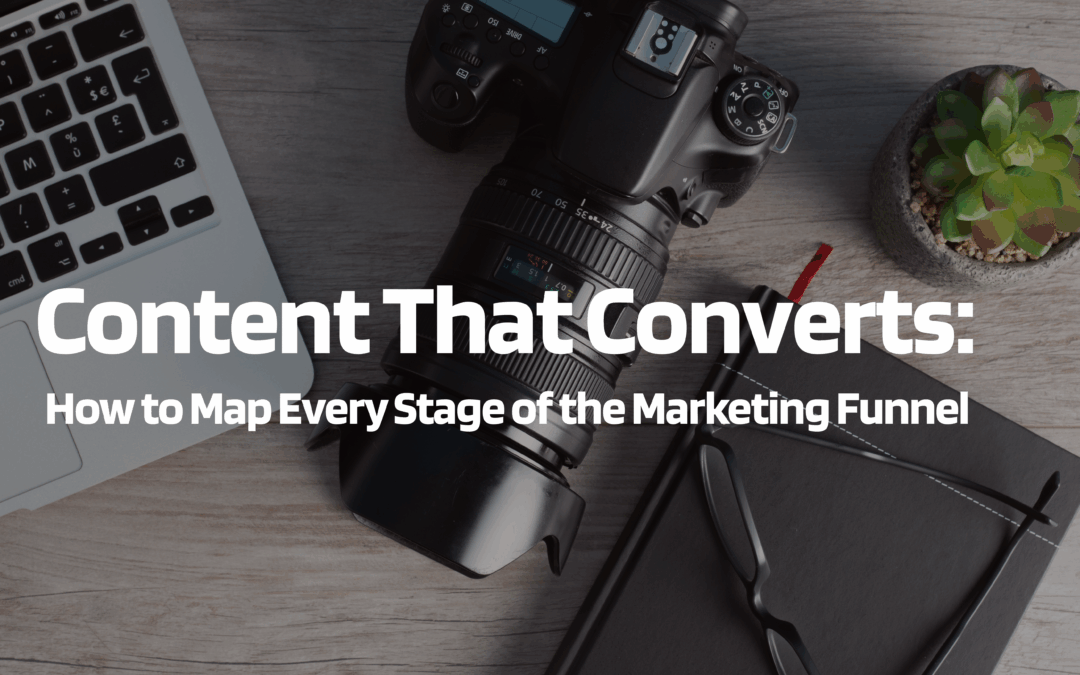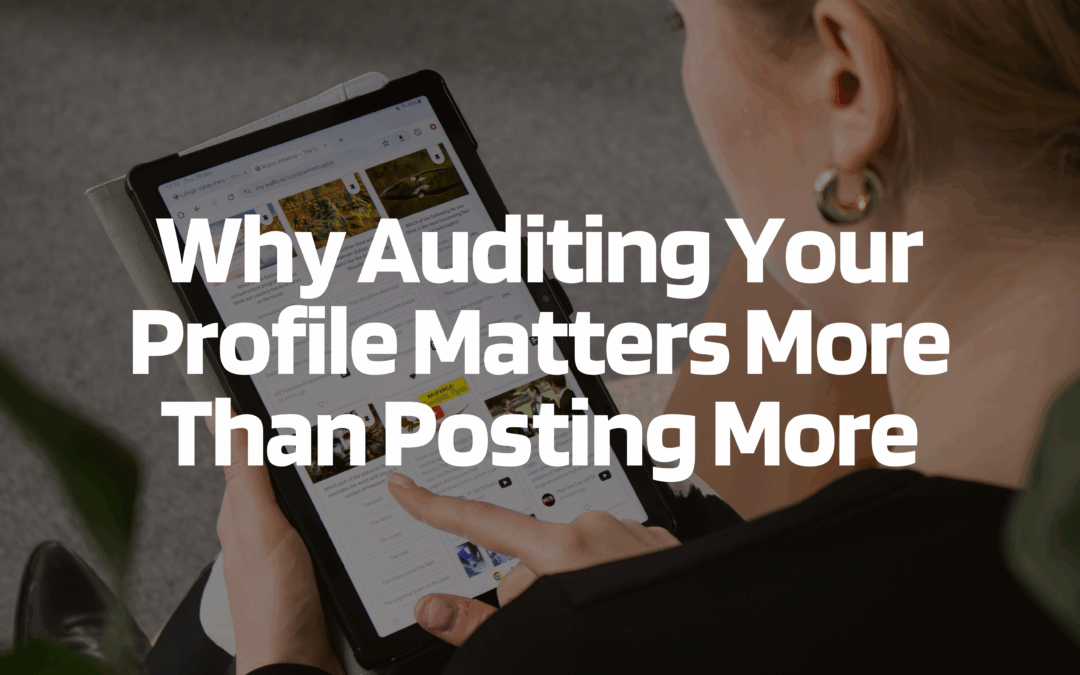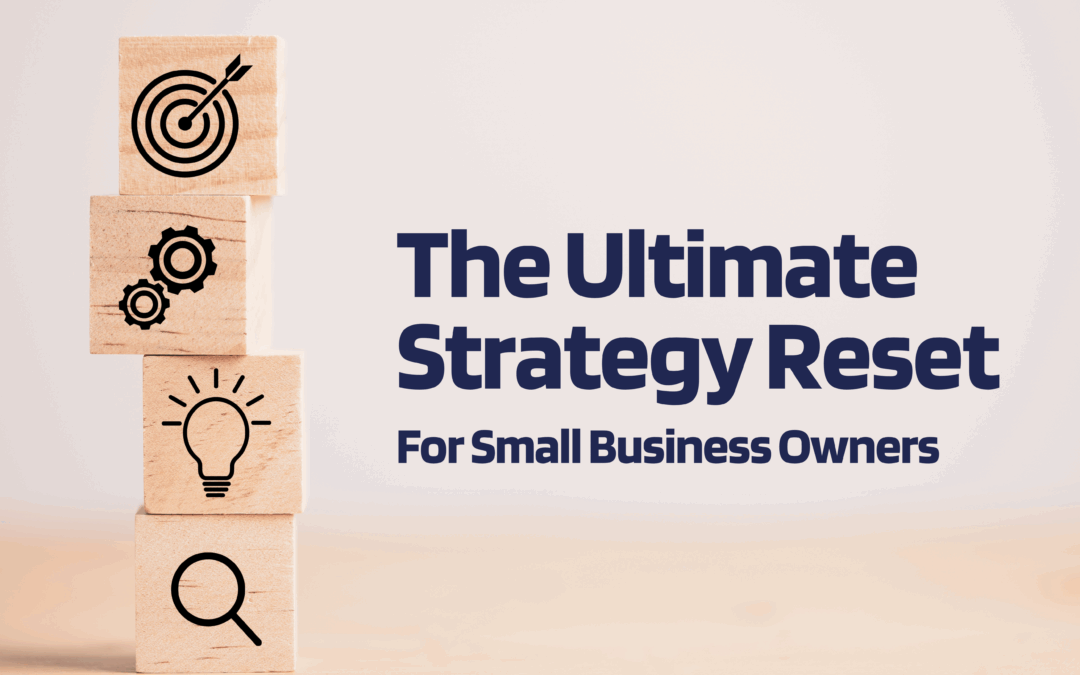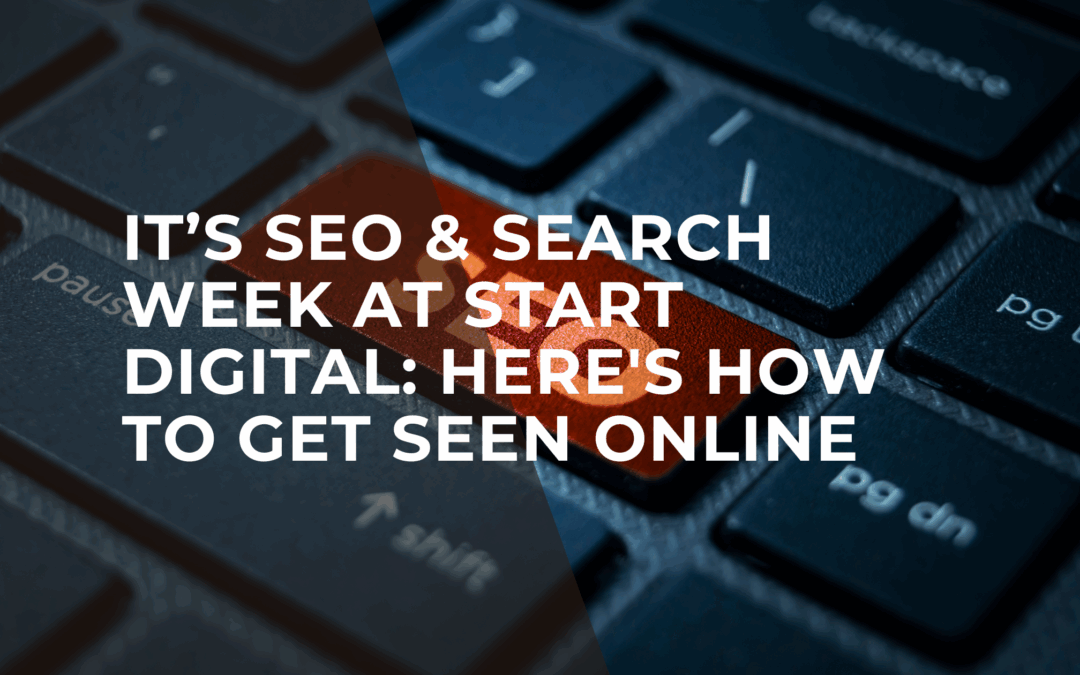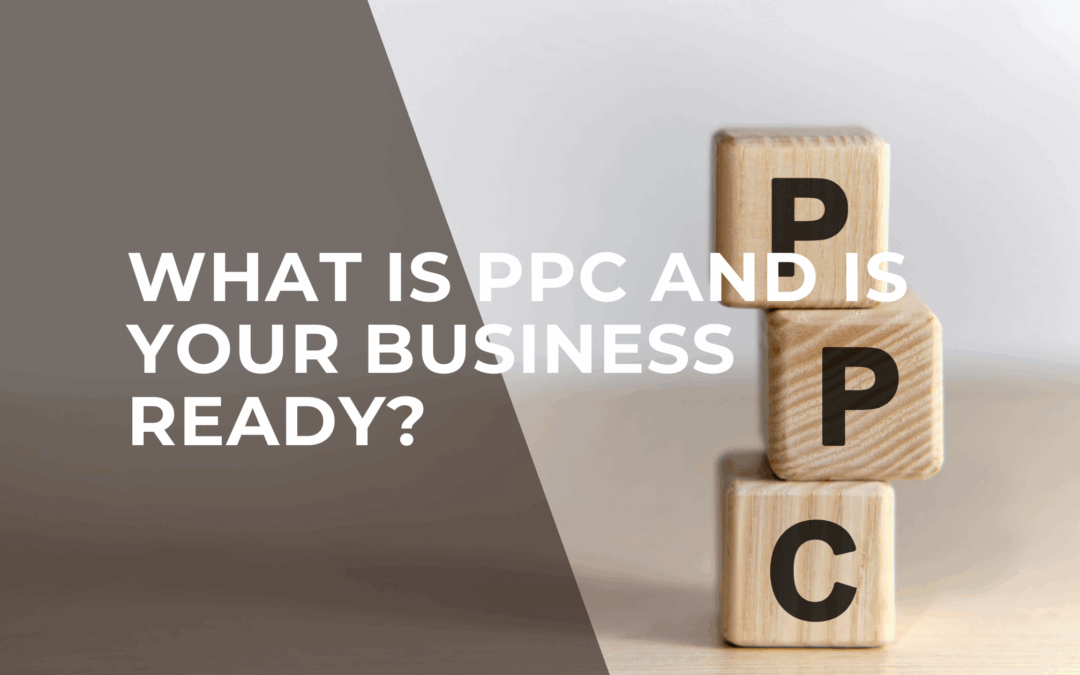Blogging has become a popular way for businesses and individuals to share their ideas, opinions, and expertise with the world. With the right approach, starting a blog can be a great way to build your brand, connect with your audience, and even boost your search engine rankings. In this post, we’ll cover the basics of how to start an engaging blog, where to get ideas from, and how to market it effectively.
Step 1: Choose Your Platform
The first step in starting a blog is to choose a platform. There are many options available, but some of the most popular include WordPress, Blogger, and Squarespace. Each platform has its own strengths and weaknesses, so it’s important to choose one that meets your specific needs and goals. Look for a platform that is easy to use, customizable, and provides the features you need to create a blog that stands out.
Step 2: Determine Your Niche
The next step is to determine your niche. What topics are you passionate about? What expertise can you offer? What do you want your blog to be known for? Your niche should be something that you are passionate about and that resonates with your target audience. By focusing on a specific niche, you can establish yourself as an authority and build a loyal following.
Step 3: Brainstorm Content Ideas
Once you have chosen your platform and determined your niche, it’s time to brainstorm content ideas. Start by creating a list of topics that relate to your niche and that your target audience would be interested in. Look for gaps in the content that is already available and consider how you can fill those gaps with unique and valuable content. You can also look for inspiration from other blogs, social media, and industry publications.
Step 4: Create Engaging Content
Now it’s time to start creating content. Focus on creating content that is engaging, informative, and valuable to your target audience. Use a variety of formats, including blog posts, videos, podcasts, and infographics, to keep your content fresh and interesting. Make sure that your content is well-written, easy to read, and visually appealing.
Step 5: Market Your Blog
Finally, it’s time to market your blog. Promote your blog on social media, in email newsletters, and through guest blogging and influencer outreach. Use search engine optimization (SEO) techniques to ensure that your blog ranks well in search engine results. Encourage your readers to share your content and engage with them through comments and social media.
Benefits of Having a Blog
Having a blog can provide many benefits for your business or personal brand, including:
Increased visibility: A well-written and well-marketed blog can attract a wider audience and increase your visibility in search engine results.
Establishing yourself as an authority: By consistently creating valuable and informative content, you can establish yourself as an authority in your niche and build trust with your audience.
Building a community: Blogging can help you build a community of like-minded individuals who share your interests and values.
Generating leads: By providing valuable content, you can attract potential customers and generate leads for your business.
Developing your writing skills: Blogging can help you develop your writing skills and improve your ability to communicate effectively with your audience.
Starting a blog may seem daunting at first, but with the right approach, it can be a powerful tool for building your brand and connecting with your audience. Follow these tips to start an engaging blog, and don’t forget to promote your content to maximize your reach and impact.





